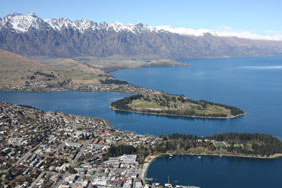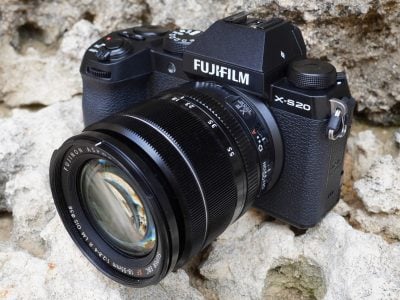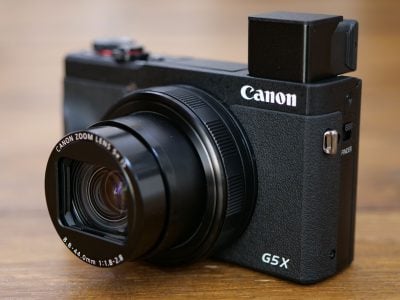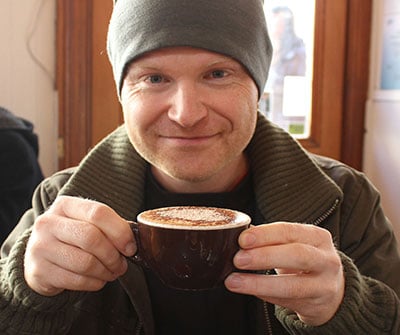Canon EOS 40D
-
-
Written by Gordon Laing
Outdoor resolution - Canon EOS 40D versus EOS 5D with EF 24-105mm
Canon EOS 40D with Canon EF 24-105mm at 24mm |
Canon EOS 5D with Canon EF 24-105mm at 39mm | |
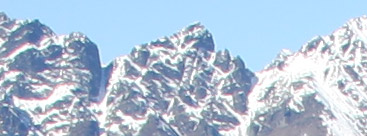 | 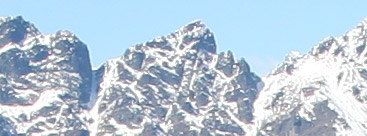 | |
f8, 100 ISO |
f8, 100 ISO | |
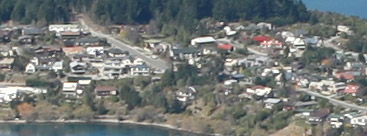 |  | |
f8, 100 ISO |
f8, 100 ISO | |
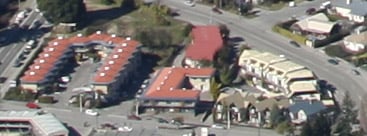 | 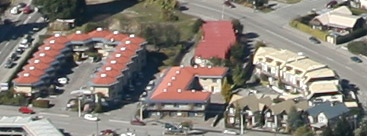 | |
f8, 100 ISO |
f8, 100 ISO | |
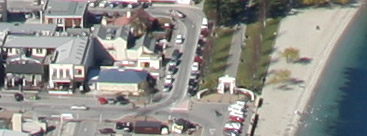 | 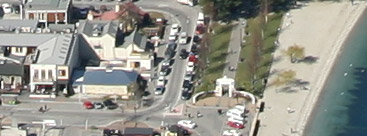 | |
f8, 100 ISO |
f8, 100 ISO |
|
The EOS 5D crops are noticeably sharper than those from the 40D, but this appears to be more down to the image processing using each camera’s default settings, or inherent differences between their respective sensor technologies. Either way, if you increase the 40D’s sharpening by a notch, or apply some after the event, its results look a great deal closer to its bigger brother. That said, the EOS 5D is capturing fractionally higher detail, but it’s certainly not a huge difference. 10.1 versus 12.8 Megapixels isn’t as big a difference as it sounds when it comes to real-life detail, although as we’ll see on the next page, studio charts can reveal greater differences. It’s certainly interesting the 40D appears to deliver softer, more subdued images by default than the 5D, almost as if the full-frame model has been tweaked for a consumer market which prefers punchier output. Either way, while the 5D is resolving greater detail, it’s minimal in this example. The full-framer still has an advantage when it comes to noise though as we’ll see later in our EOS 40D noise results page. Before visiting this or our EOS 40D Studio Resolution pages though, scroll down to see how the 40D’s RAW output compares to the default JPEGs. |
Canon EOS 40D: JPEG versus RAW
|
We photographed the scene here in Large Fine JPEG + RAW mode and presented crops below from each file for comparison. The RAW file was converted using the supplied Digital Photo Professional 3.1.0.0 software using the default settings and sent to Photoshop in 16 bits. This was then reduced to 8 bits and processed the same way as the original JPEG for presentation here. The crop from the RAW file is noticeably sharper than the JPEG using the default settings, and while there’s some undesirable artefacts as a result, the overall image is preferred. As you’ll see throughout these results and sample images pages, the EOS 40D’s JPEGs using the default settings can appear relatively subdued and soft compared to rival models. So unless you prefer this look, you may wish to increase the in-camera sharpening by a notch or better still, shoot in RAW instead. Then you’ll really see what the 40D’s capable of. Now let’s look at the EOS 40D’s resolution. |
Canon EOS 40D JPEG with Canon EF 24-105mm at 24mm |
Canon EOS 40D RAW with Canon EF 24-105mm at 24mm | |
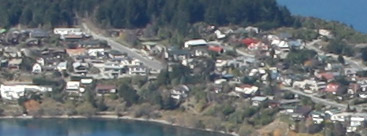 | 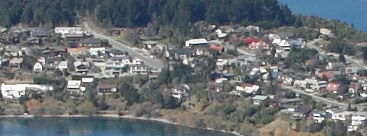 | |
f8, 100 ISO |
f8, 100 ISO |
Canon EOS 40D results continued…
|
